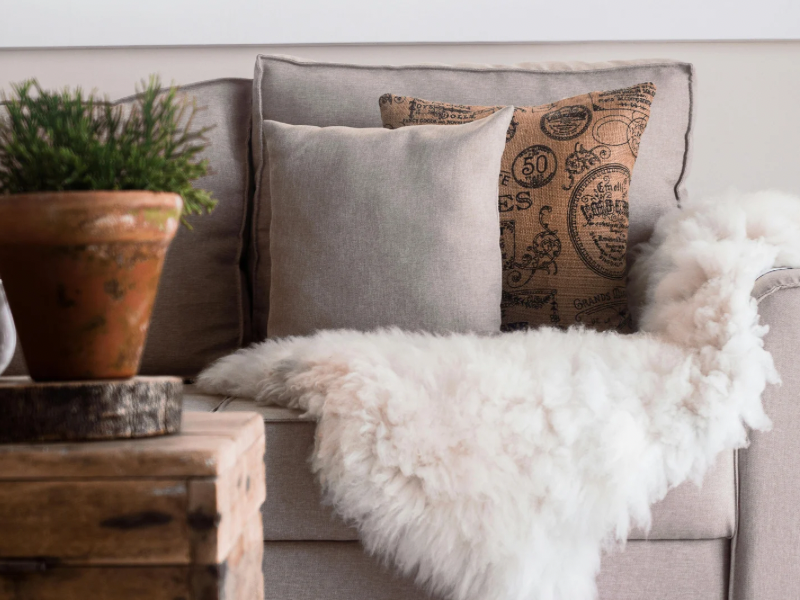How to Turn Your Home Into a Stress-Free Sanctuary
- Jennifer Hernandez

- Apr 25
- 2 min read
Updated: May 20

In a world that rarely slows down, your home should be a place that invites you to breathe, recharge, and just be. Whether you live in a cozy studio or a spacious house, thoughtful design can transform your space into an stress-free sanctuary that supports your wellbeing.
Here’s how to bring more calm into your home, one mindful step at a time.
1. Choose a Soothing Color Palette

Color has a profound effect on how we feel. When the goal is relaxation, think soft, earthy hues that promote calm and clarity:
• Whites and warm neutrals (like oatmeal, sand, or greige) keep a space light and grounded
• Muted greens and soft blues evoke a sense of nature and open air
• Natural wood tones like oak or birch add warmth and texture without overwhelming the eye
Stick to a cohesive palette and layer with subtle contrasts. Your nervous system will thank you.
No paint? No problem.
If painting isn’t an option—maybe you’re renting or your walls are already a dark color—use soft furnishings to bring in a calming palette. Try light-toned curtains, neutral bedding, or a large cream or natural fiber rug to balance the darkness. Adding artwork or even a fabric wall hanging in serene tones can instantly brighten the mood of the space without lifting a paintbrush.
2. Let Your Layout Work for You

A calm home starts with flow. When furniture is arranged with intention, it allows energy and people to move freely.
• Anchor your space with a few essential, well-proportioned pieces
• Avoid overcrowding and leave room to breathe between furniture
• Arrange sofas and chairs to encourage connection (think conversational groupings instead of rows or rigid symmetry)
• Use rugs to define different areas, especially in open layouts
Pro tip: Start by removing one item from each room that feels “just okay.” Negative space is part of the design too.
3. Create Restful Zones


Designing with zones in mind helps each area of your home serve a clear purpose: rest, focus, connection, or play.
• Quiet corners: Add a cozy chair and soft light to create a reading nook or meditation spot
• Tech-free zones: Designate one space without screens to unwind or reconnect
• Drop zones: Place a small bench or tray near your entry to keep clutter at bay and ease the transition in or out of your day
Think of your home as a rhythm, with each zone flowing into the next without visual or emotional noise.
4. Add Layers of Comfort

Comfort isn’t just about what looks good, it’s about what feels good.
• Layer soft textures: a linen throw, plush rug, or boucle accent
• Add candles or a diffuser with calming scents like lavender or cedarwood
• Bring in plants or natural elements to mimic the outdoors
Even one thoughtful addition can shift the mood of your space from functional to feel-good.
Final Thoughts
You don’t need to overhaul your entire home to feel more at ease. A few mindful changes in color, flow, and purpose can help you reclaim your space as a source of peace. Because at the end of the day, the most beautiful home is one that supports your wellbeing.


Comments